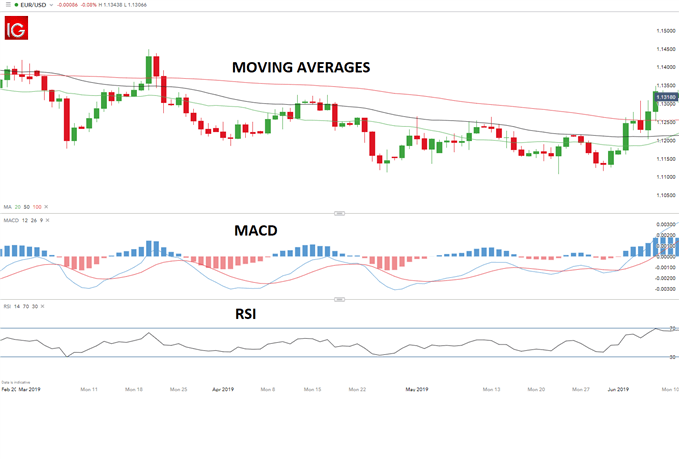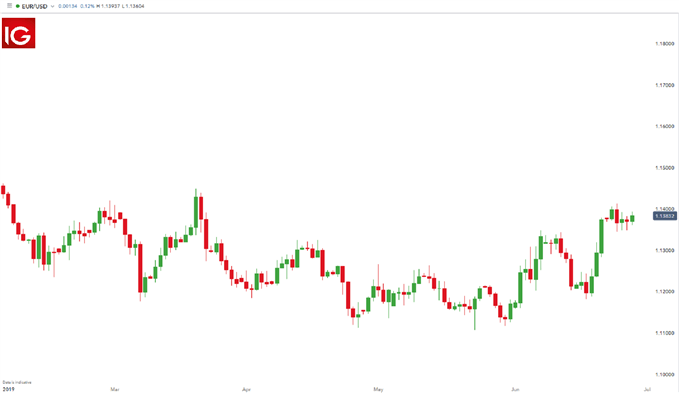What is Technical analysis?
forex chart mein technical analysis ke paish raft ke badolat forex market mein taize say maqbol honay wala yeh tareka kar hota hey tahu forex market mein aik now amoz trade kay ley best tareka kar hota hey yeh kese bhe tarah forex market kay trend ke paish goi kar sakta hey jo keh moshkel or chalenging bhe ho sakta hey
technical indicator forex market ke movement ko identify karnay mein bhe madad kar sakta hey jes kay tahat tradr anay walay trend kaybaray mein paish goi karnay mein bhe madad kar sakta hey or forex market kay History kay chart pattern or indicator ka he estamal keyaja sakta hey takeh forex trade kay baray mein anay wale trade or paish raft ka analysis keya ja sakay
Understanding Technical Analysis
technical analysis forex market mein price ke movement ka analysis keyaja sakta hey jes kay tahat tradr anay walay trend kay baray mein paish goi kar saktay hein or history kay chart pattern kay ley indicator ka estamal keyaja sakta hey yeh forex market kaymaze or history ke pemaish kay bad basre pemaish ka analysis keya ja sakta hey en malomat ko price action ke shape mein analysis karnay kay ley estamal keya ja sakta hey takeh forex trade mein anay walay trend ke paish goi ke ja sakte hey
nechay dey gay chart mein MACD or RSI indicator ka estamal keya geya hey

Technical analysis ka forex market mei estamal

oper deya geya EUR/USD ka currency pair ka chart hey jo keh market mein technical analysis ka estamal kay baray mein he hey jes kay tahat trader market mein anay walay trend ke direction kay baray mein malomat frahm kar saktay hein History kay chart pattern mein indicator estamal key jatay hein yeh forex market kay maze majodah karkardge kay baray mein basree pemaish ko zahair kar saktay hein takeh trend mein enter honay say pehlay anay alay trend paish goi ke ja sakte hey
forex market ka yeh chart overall trend ka tayon karnay kay ley he estamal keyaja sakta hey yeh forex market mein oper ke taraf trend karnay ya nechay ke taraf trend karnay mein he forex market ke madad kar sakta hey technical analysis mein bar chart line chart or candlestick chart he hotay hein
Example
nechay de gay EUR/USD ke example mein MACD or RSI indicator ka estamal keya ja sakta hey yeh forex market ke entry or exit kay raston ka tayon keya ja sakta hey yeh indicator forex market kay trader ka analysis karnay kay ley estamal keya ja sakta hey trader kay point of view ka tayon karnay or entry ka analysis karnay kay ley bhe estamal keya ja sakta hey

forex chart mein technical analysis ke paish raft ke badolat forex market mein taize say maqbol honay wala yeh tareka kar hota hey tahu forex market mein aik now amoz trade kay ley best tareka kar hota hey yeh kese bhe tarah forex market kay trend ke paish goi kar sakta hey jo keh moshkel or chalenging bhe ho sakta hey
technical indicator forex market ke movement ko identify karnay mein bhe madad kar sakta hey jes kay tahat tradr anay walay trend kaybaray mein paish goi karnay mein bhe madad kar sakta hey or forex market kay History kay chart pattern or indicator ka he estamal keyaja sakta hey takeh forex trade kay baray mein anay wale trade or paish raft ka analysis keya ja sakay
Understanding Technical Analysis
technical analysis forex market mein price ke movement ka analysis keyaja sakta hey jes kay tahat tradr anay walay trend kay baray mein paish goi kar saktay hein or history kay chart pattern kay ley indicator ka estamal keyaja sakta hey yeh forex market kaymaze or history ke pemaish kay bad basre pemaish ka analysis keya ja sakta hey en malomat ko price action ke shape mein analysis karnay kay ley estamal keya ja sakta hey takeh forex trade mein anay walay trend ke paish goi ke ja sakte hey
nechay dey gay chart mein MACD or RSI indicator ka estamal keya geya hey

Technical analysis ka forex market mei estamal

oper deya geya EUR/USD ka currency pair ka chart hey jo keh market mein technical analysis ka estamal kay baray mein he hey jes kay tahat trader market mein anay walay trend ke direction kay baray mein malomat frahm kar saktay hein History kay chart pattern mein indicator estamal key jatay hein yeh forex market kay maze majodah karkardge kay baray mein basree pemaish ko zahair kar saktay hein takeh trend mein enter honay say pehlay anay alay trend paish goi ke ja sakte hey
forex market ka yeh chart overall trend ka tayon karnay kay ley he estamal keyaja sakta hey yeh forex market mein oper ke taraf trend karnay ya nechay ke taraf trend karnay mein he forex market ke madad kar sakta hey technical analysis mein bar chart line chart or candlestick chart he hotay hein
Example
nechay de gay EUR/USD ke example mein MACD or RSI indicator ka estamal keya ja sakta hey yeh forex market ke entry or exit kay raston ka tayon keya ja sakta hey yeh indicator forex market kay trader ka analysis karnay kay ley estamal keya ja sakta hey trader kay point of view ka tayon karnay or entry ka analysis karnay kay ley bhe estamal keya ja sakta hey



تبصرہ
Расширенный режим Обычный режим